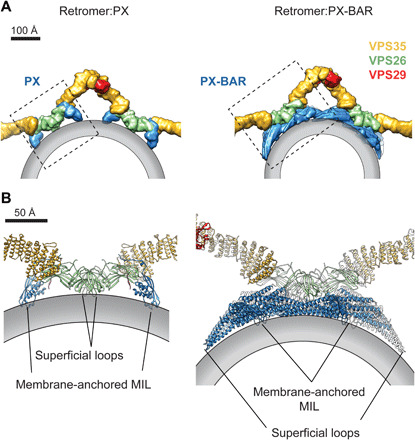Fig. 4. Modularity of the retromer coat allows distinct modes of membrane attachment using different adaptors.

(A) Surface model illustration of retromer:PX (modeled on metazoan retromer:SNX3) and retromer:PX-BAR (modeled on fungal retromer:Vps5). Surface models were generated from pseudoatomic models of corresponding complexes and color-coded. The membrane bilayer is schematically shown as a gray outline. (B) Close-ups of the areas boxed in (A) showing the assembly of membrane-attached subunits in each complex. The VPS26/SNX3 assembly (left) and the four Vps5 dimers contacted by the VPS26 dimer (right) [PDB 6W7H (6)] have inherently curved structures that use a combination of membrane-anchored MILs (from the PX domains of SNX3 and Vps5) and superficially attached loops (from VPS26 and the tip loops of the BAR domain) to contact the membrane.
